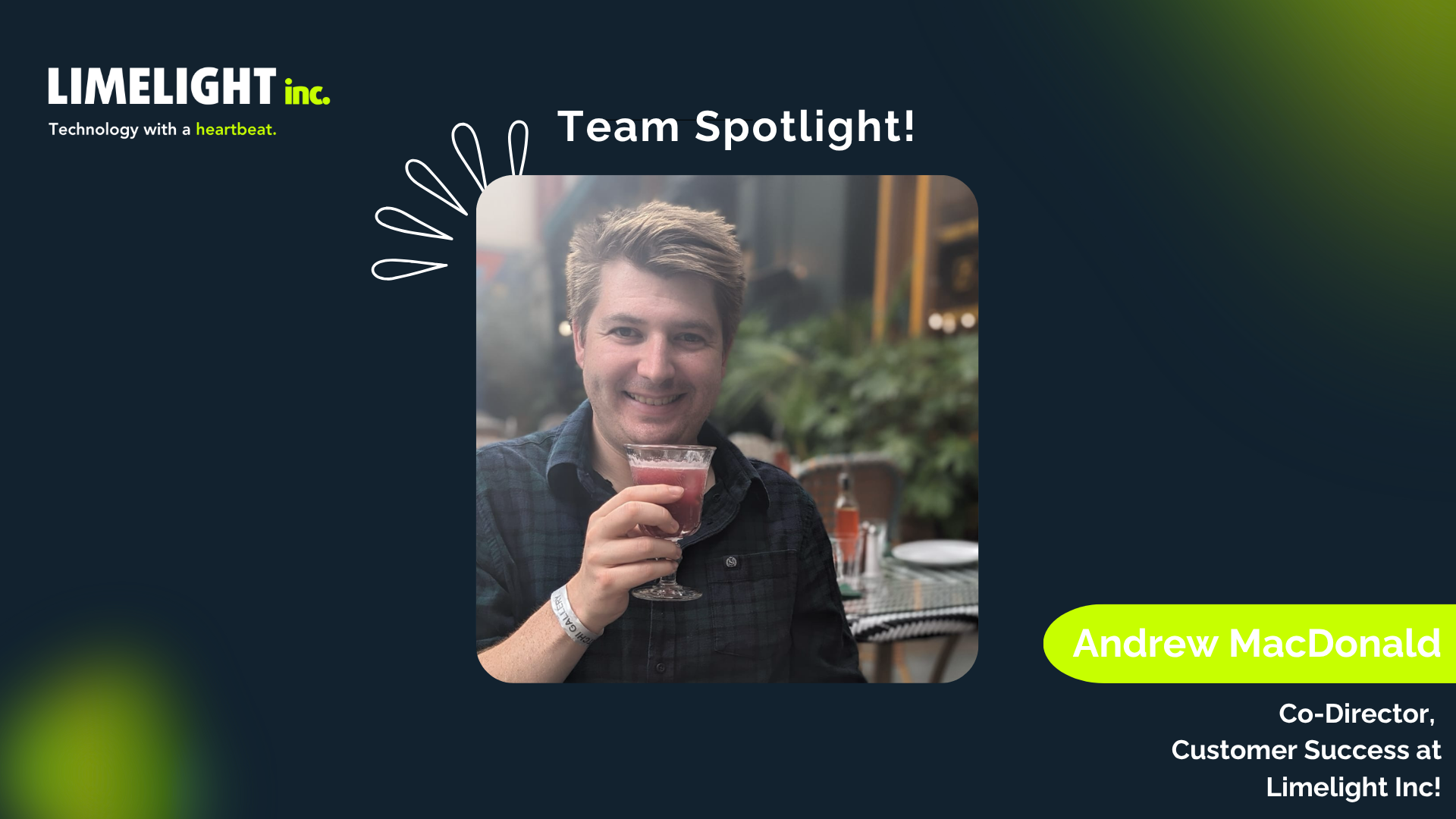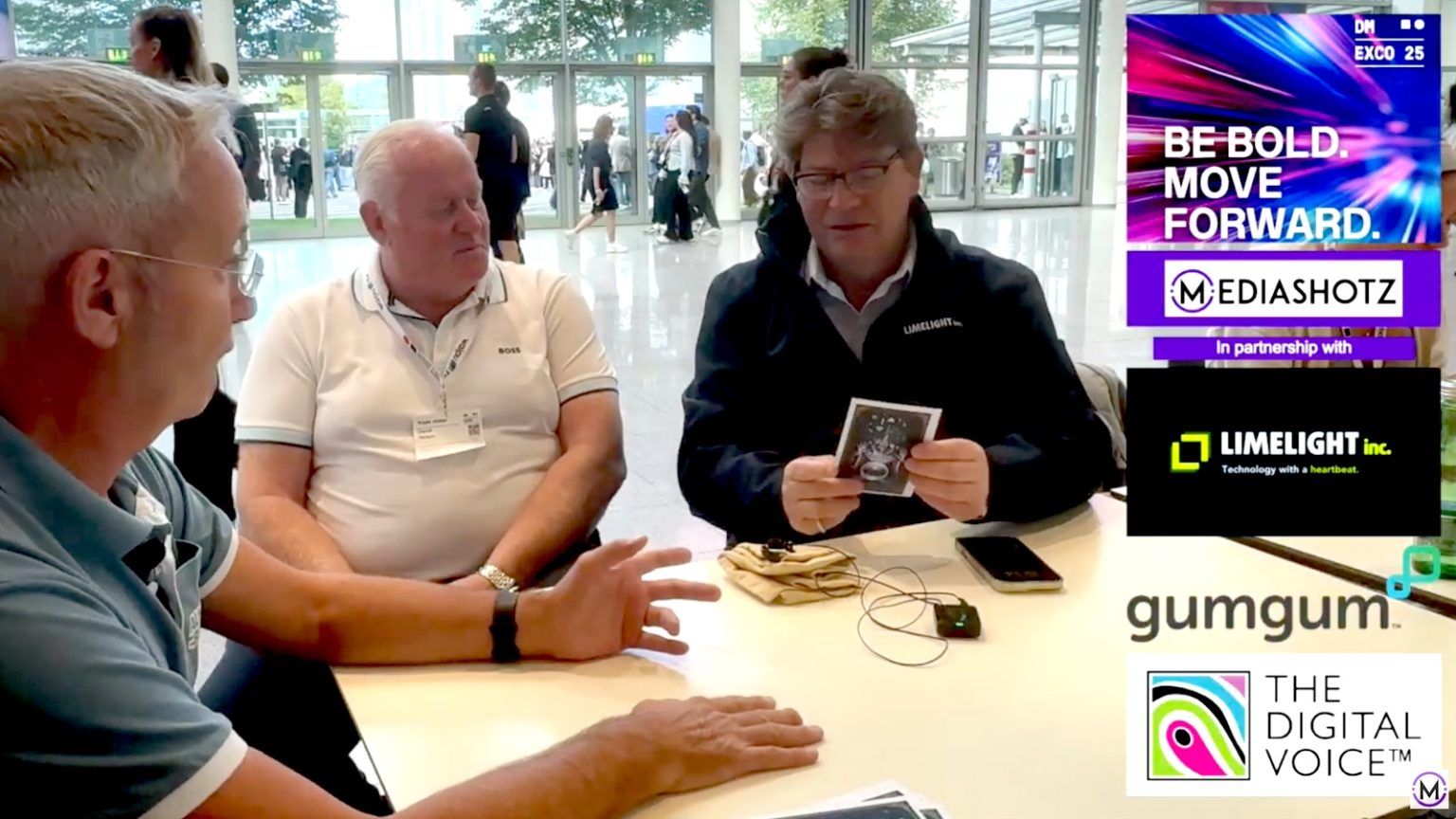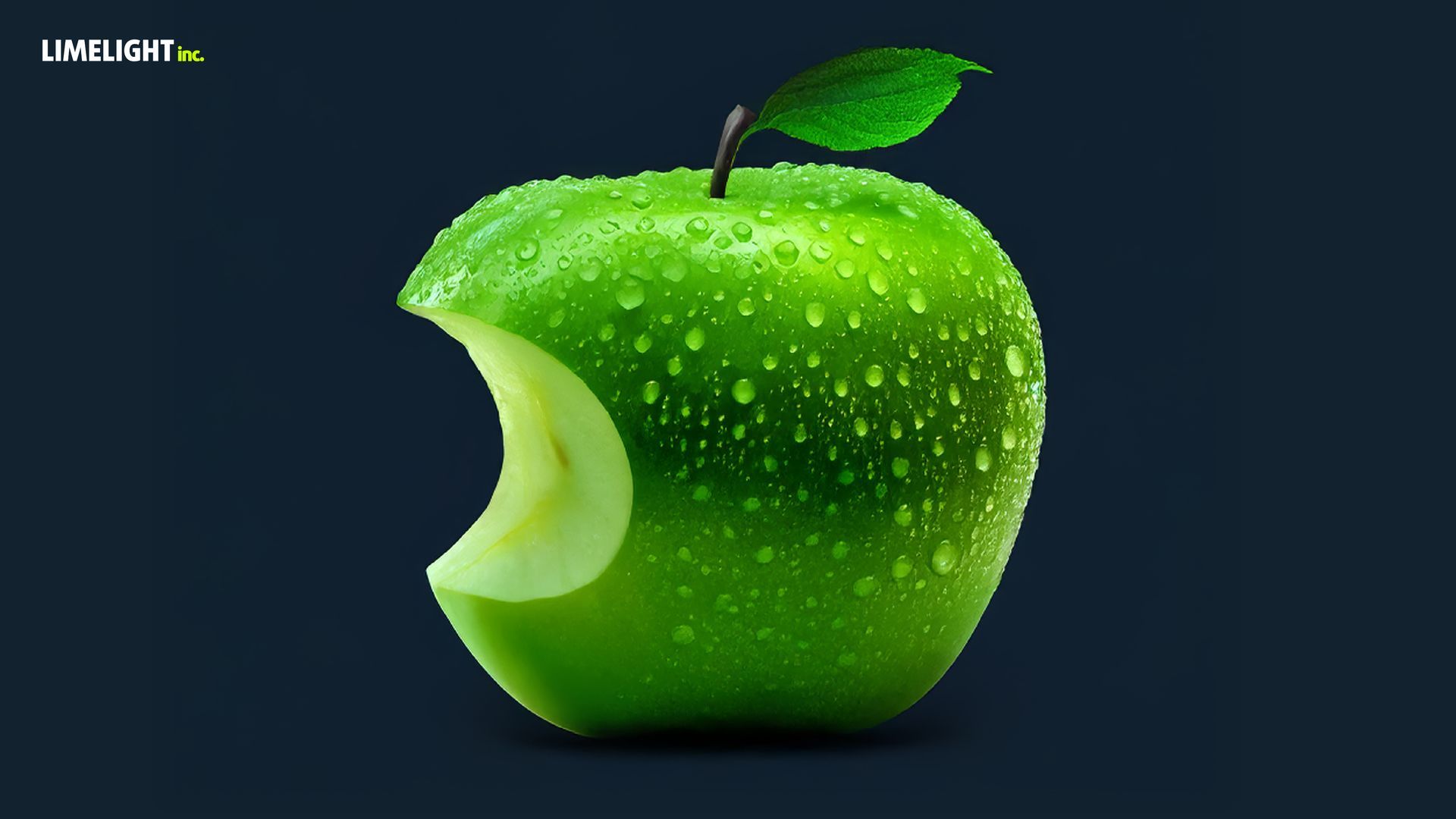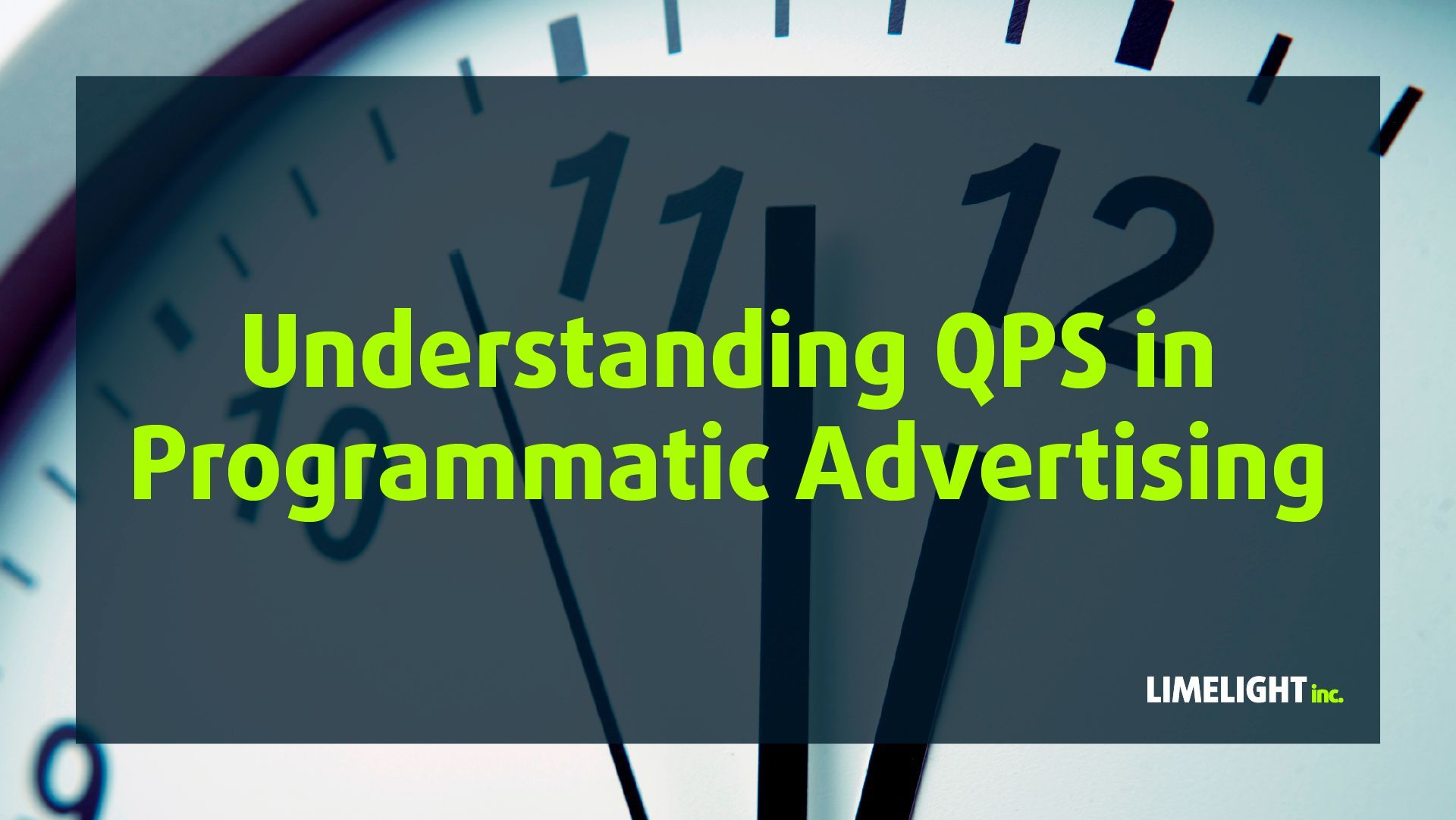Newsroom
Explore our latest updates, media announcements, and insights, all in one place. From official press releases to thoughtful blog posts, here's what's happening at Limelight Inc and beyond.
Press
Discover our latest news, opinions and industry commentary.
Our Blog
Explore perspectives and topics with insights from our team.

At Limelight, Customer Success isn’t just a department—it’s a mindset. Andrew, our Co-Director of Customer Success , oversees a global team of Customer Success Managers who act as strategic partners to our clients. From onboarding and platform training to high-level campaign optimisation and technical troubleshooting, Andrew ensures we’re not just supporting our clients—we’re helping them win. “One thing that sets us apart is that we’re fully SaaS,” Andy explains. “We don’t run an ad trading business—so when our platform partners succeed, we succeed. Our incentives are completely aligned.” A standout moment this year? The launch of the Adaptive Rules Center (ARC), a feature that lets partners build their own algorithms and optimise campaigns in real-time, directly in the platform UI. “In an industry obsessed with AI, we’ve built something genuinely useful that puts control back in the partner’s hands,” Andrew says. Managing expectations is part of the job—especially when it comes to technical investigations or feature rollouts. Andrew’s secret? “Be honest, communicate often, and never make promises you can’t keep.” From helping partners navigate a constantly evolving landscape to championing new tools like our Self-Serve DSP, Andy’s team makes it look effortless—even though we know it’s anything but. And behind it all is a strong sense of culture, even in a remote-first world. “People always ask if we miss the office. But we make up for it with our annual World Tour—past trips include Marrakesh, Rio and Cyprus!” Favourite part of the job? “Getting to know our partners, watching them grow, and smashing the goals they set. There’s no better feeling than helping them exceed their own expectations.” Andy calls it “Technology with a heartbeat.” We call it Customer Success, the Limelight way.












